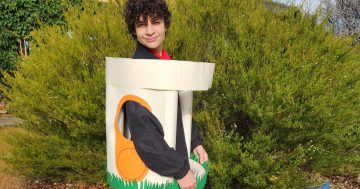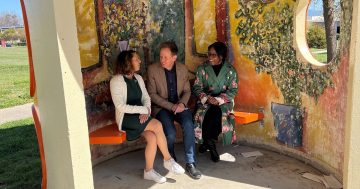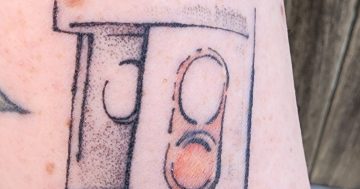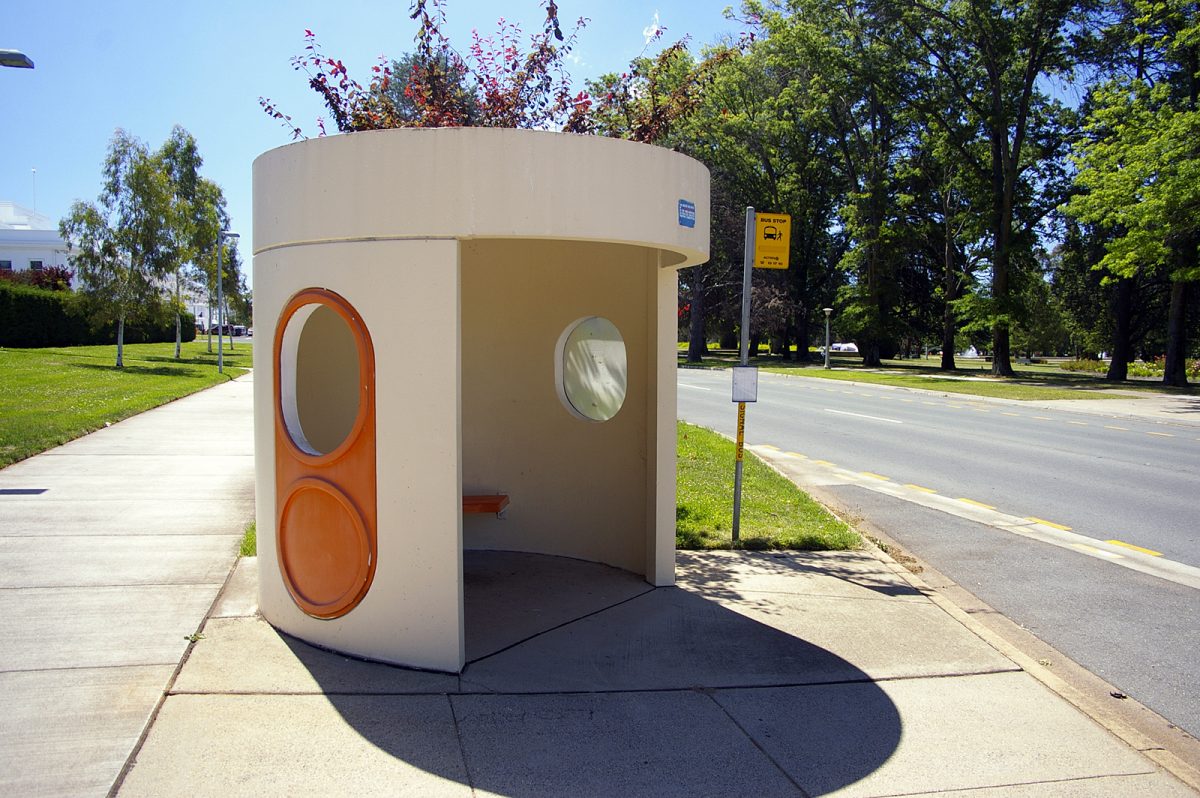
Canberra’s iconic bus shelters might be viewed lovingly today, but it wasn’t always that way. Photo: File.
They are to Canberra what the red telephone box is to London and the yellow taxi to New York. They’ve been turned into all manner of knick-knacks including coffee mugs, 3D-printed plastic models, Christmas decorations, earrings, socks, pot plant holders and cardboard art shops.
It’s the concrete bus shelter, and nearly 500 were dotted around the suburbs between 1975 and 1995, from Acton to Yarralumla and almost every Canberran has waited in one – or sought shelter from the weather in one – at one time or another.
In 2020, Newcastle-based artist Trevor Dickinson published a coffee-table photobook, Beautiful Bus Shelters of Canberra, celebrating almost every one of them.
Last year, the design was handed the Sir Roy Grounds Award for Enduring Excellence by the Australian Institute of Architects.
“The architectural integrity and enduring quality of the design are evident through its simplicity, functionality and materiality,” the blurb reads.
“The form of the bus shelter is unique, yet it serves the utilitarian function well, and better still, the shelters were designed to be relocated when required.”
And according to Dr Kenneth Heffernan, an expert in archaeology and chairperson of the ACT Heritage Council, it’s now being considered for heritage status.
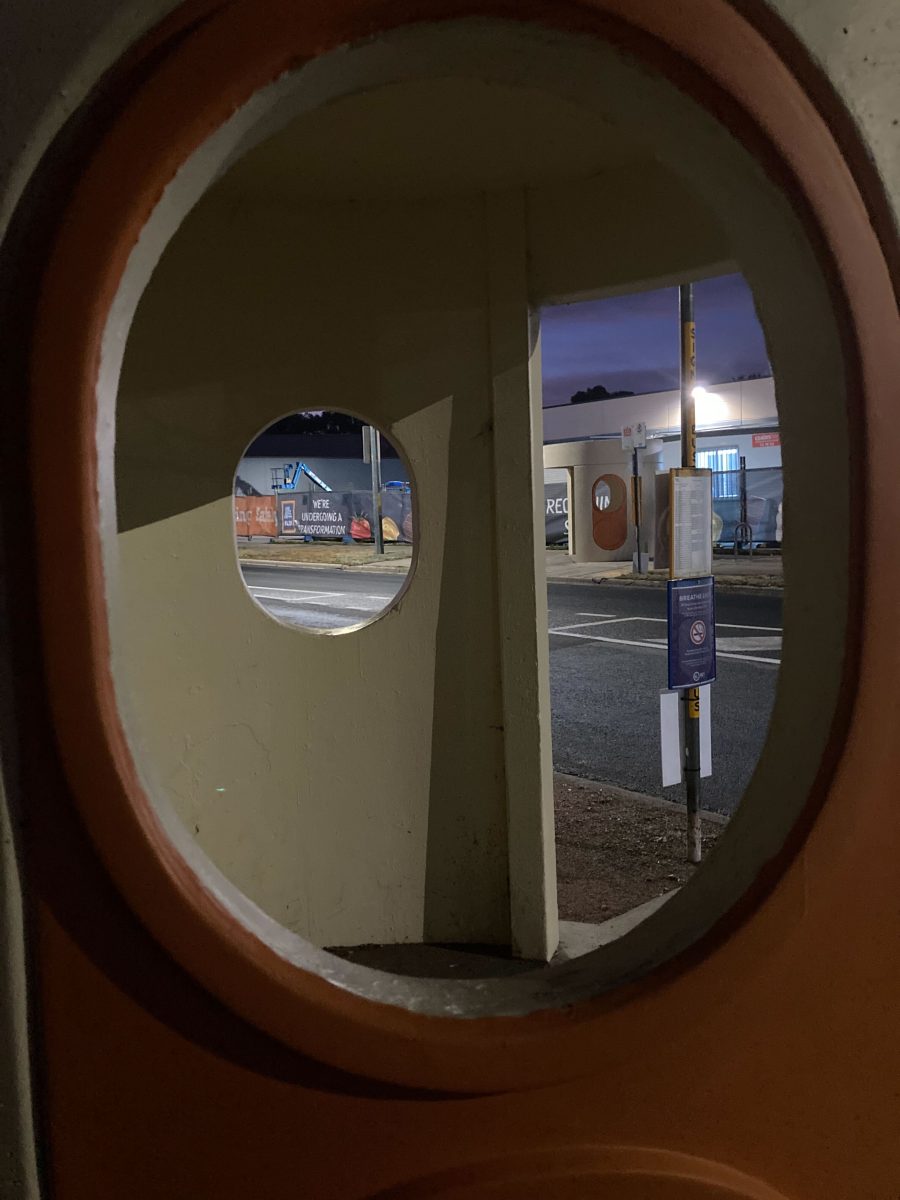
Canberra bus shelter in Chisholm. Photo: John Coleman.
“People are increasingly beginning to appreciate the 1970s brutalist architecture again,” he says.
“We still see these bus shelters as iconic and important, not only for their design characteristics but also because they represent the development of the capital.”
So if they were so great, why don’t we make them anymore?
The bus shelters were designed by Queensland-born architect Clem Cummings in 1974 as part of a program to improve the fledgling city’s public transport.
The Canberra Times reported at the time that “the new shelters will be circular, and built of concrete and fibreglass” and “will cost about $2,000”.
A year later, the National Capital Development Commission (NCDC) installed 98 of the original design “Series I” concrete shelters in 1975. The design echoed the brutalist architecture already on display at the High Court of Australia and the Cameron Offices, studded with plastic orange panels, a perspex window and a place for the ACTION logo.
Dr Heffernan says not everyone was sold.
“I remember people thinking they were a bit ugly. In fact, the Minister of the Arts and Heritage at the time didn’t think they were going to be very popular.”
By June 1976, however, the NCDC noted that Cummings’s design “is functional and, generally, has been well received”. A simpler rival appeared in 1988 but only ever made it as far as Carruthers Street in Curtin. And so the installations continued, with minor variations over the years, until 1995.
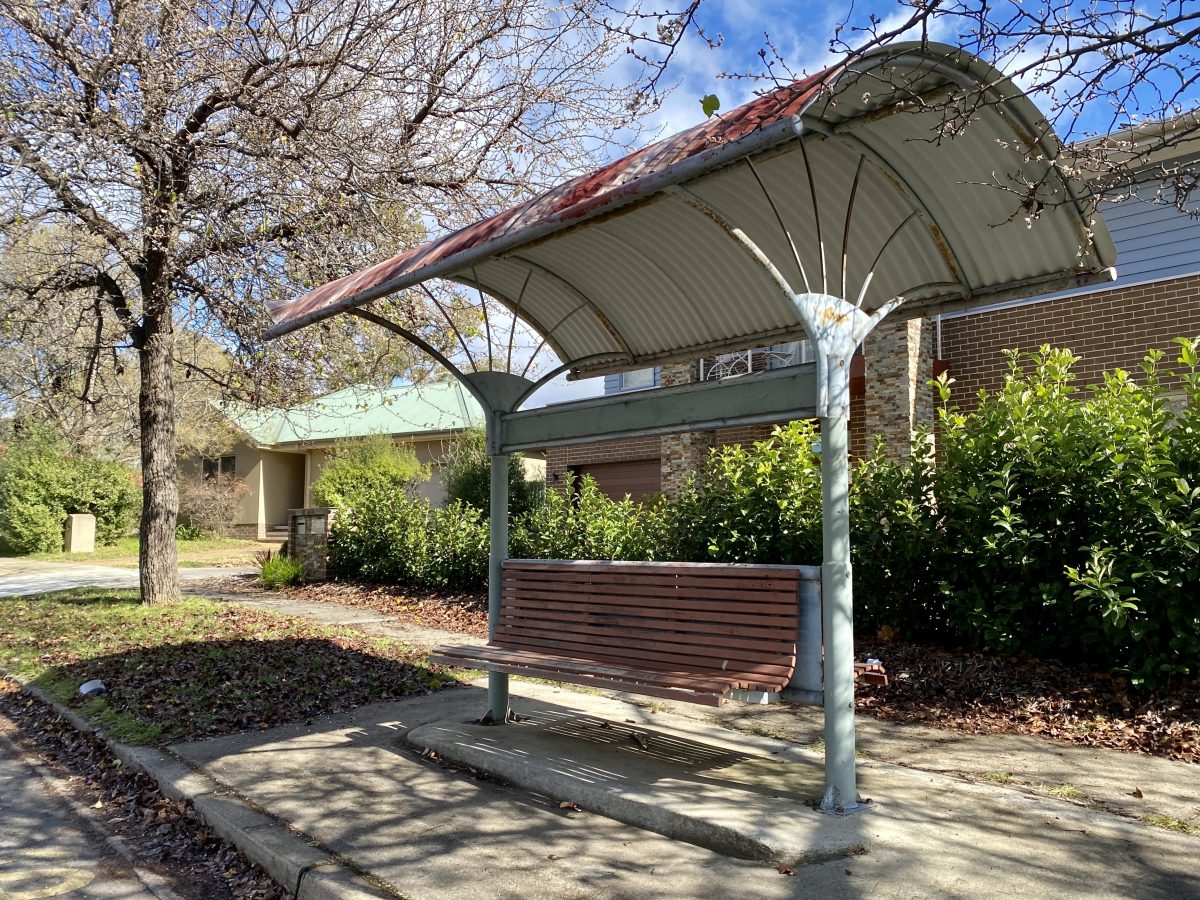
The only one of 25 simpler bus shelters to make it beyond the drawing board on Carruthers Street, Curtin. Photo: James Coleman.
By then, “community requests” were for more comfortable and compact bus shelters.
“These newer designs provide the ability to see clearly through the structures at the surrounds which provides a safer experience for waiting passengers,” an ACT Government spokesperson says.
“Feedback has also suggested the newer permeable glass shelters also provide an improved amenity outcome for those living adjacent to the shelters.”

Clem Cummings’ plans for the Canberra bus shelters. Photo: Archives ACT.
Bus shelters today also have to meet new disability access requirements, affecting seat design, height and space for wheelchairs.
But the Cummings bus stops aren’t done yet.
“Concrete bus shelters continue to be used across the bus network for their intended purpose,” the spokesperson says.
A disused one in Downer has been repurposed as a community library while another has become the Ainslie Community Food Pantry.
Further abroad, the railway stations at Bredbo and Tallong in NSW use a concrete shelter on the platforms for the passengers to wait in. Slightly less honourably, another serves the role of a public toilet in Cumming’s home state of Queensland at Surfers Paradise.
They’re so resilient, Transport Canberra can also pick them up and move them. It is a painstaking process, though, beginning with exposing the concrete footings, craning them up and away, and ending with a repaint to “bring them to life once again”.
But they’re clearly built to last.












